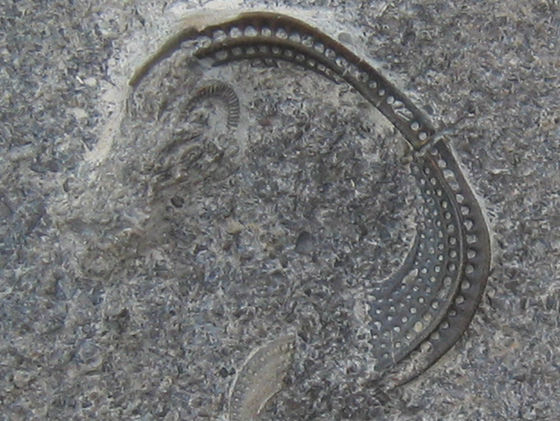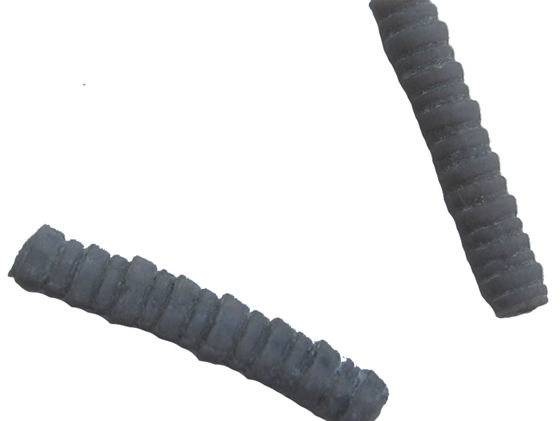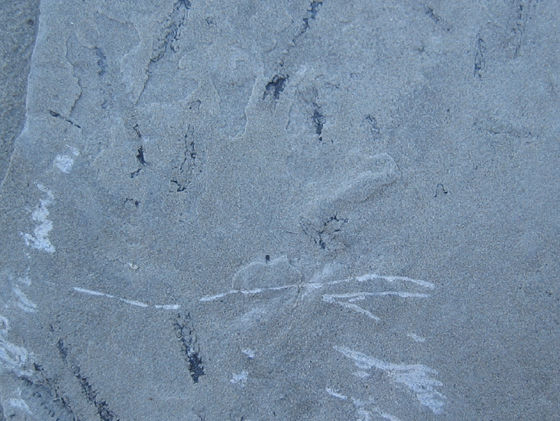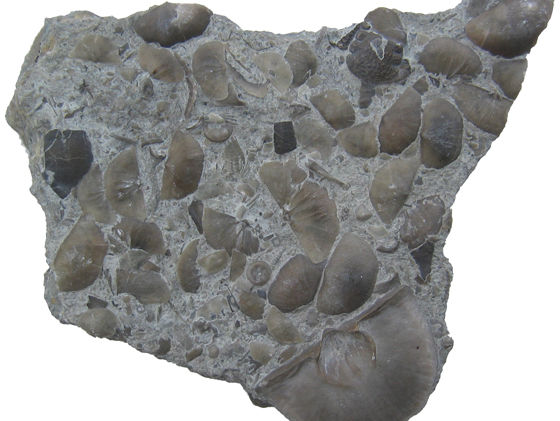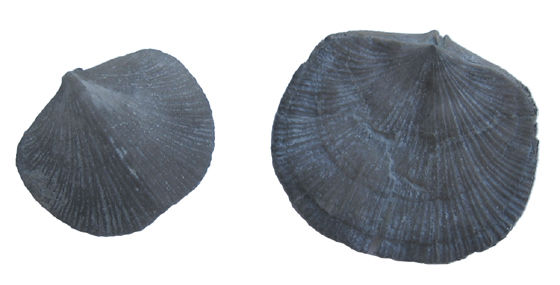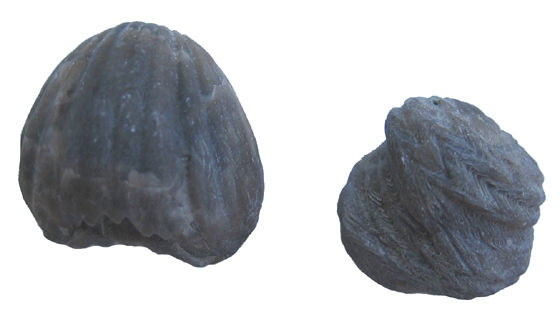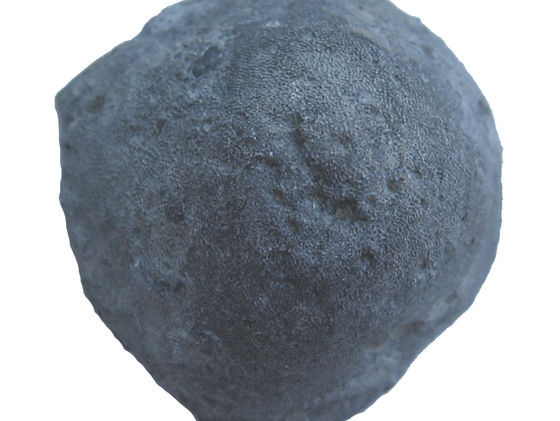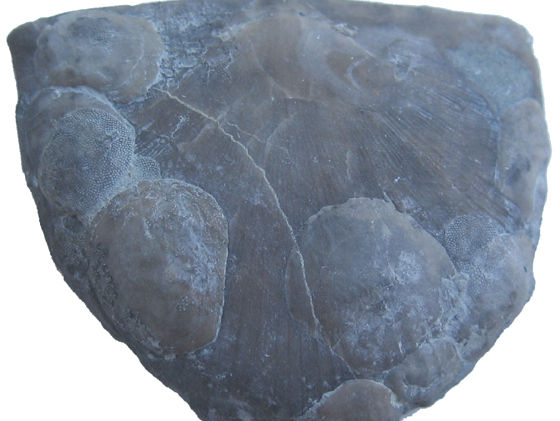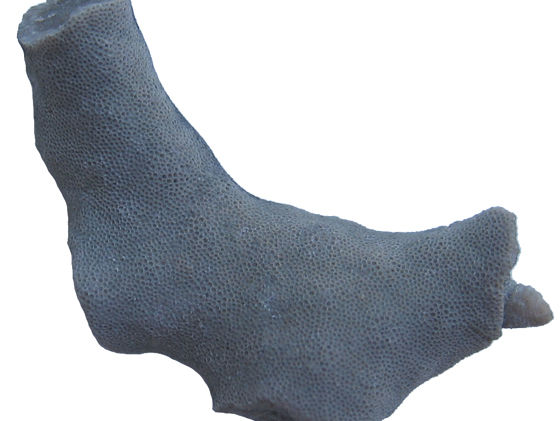Ordovician Period: 488.3-443.7 Million Years Ago
Charles Lapworth (1842-1920), an English geologist, mapped out complicated marine strata in the Southern Uplands of Scotland. His work led to the realization that the lower Paleozoic fauna could be divided into three stratigraphic units: Cambrian (oldest), middle (which he named the Ordovician), and Silurian (youngest) (Lapworth Museum Website). Lapworth is well known for determining the correct chronological sequence of graptolites in this same location, thereby establishing graptolites as an important index fossil (Palmer, 1999, pp 68-69). The Ordovician period was named for the Ordovices, a Celtic tribe living in Wales during the Roman conquest. The Ordovician period extends from 488.3 million years to 443.7 million years ago.
Primary Producers & Reefs
Life thrived in shallow seas and seems to have started its foothold on land. Cyanobacteria, green and red algae continue to be the dominant primary producers (photosynthesizers) (Knoll, Summons, Waldbauer, and Zumberge, 2007, p. 148). At the beginning of the Ordovician stromatolites continue to make up reef systems. As the Ordovician unfolds sponges (lithistid & stromatoporoid), bryozoans, coralline algae, and corals become major reef builders (Johnson & Stucky, 1995, p. 35) and (Webb, 2001, p. 174). As these new reefs built vertically, new habitats became available above the sea floor. Corals (both rugose and tabulate) become much more common during the Ordovician.
Evidence of Life on Land
Tantalizing clues provide evidence that life started its invasion of land during the Ordovician. A variety of spores (reproductive structures from primitive land plants) make their first appearance in the mid-Ordovician (470 mya). One category of spore, the tetrads, possesses a mark that indicates cell division by meiosis. Along side these spores are bits and pieces of plant tissues. (Kenrick & Davis, 2004, pp. 19-21). Plant debris becomes more common during the late Ordovician and Silurian. In late Ordovician rock (450 mya) from England millipede-like trackways have been preserved (Palmer, 1999, p. 71).
Mass Extinction
The marine ecosystems experienced extinction on a global scale towards the end of the Ordovician period. The Ordovician extinction may be second only to the mass extinction that would end the Paleozoic Era. Heavy extinction occurred in the reef communities. Graptolites, bryozoans, brachiopods, nautiloids, and trilobites were especially hard hit. Nearly 25 percent of all animal families were wiped out (Selden & Nudds, 2004, p.36). Over fifty percent of trilobite families went extinct (Nudds & Selden, 2008, p. 69). There is evidence of glaciation and with this a lowering of sea level, and the expansion of cold water adapted species to lower latitudes as the Ordovician extinction event unfolded (Stanley, 1987, pp 71-75). An ocean turn over may have accompanied the cooling event bringing deep ocean water to the surface, which would have been toxic to the sensitive shallow marine benthic community. The Ordovician event took place over a span of 2 million years (Prothero, 2004, p. 90).
References
-
Forty, R. (2001). Trilobite: Eyewitness to Evolution. New York: Vintage Books.
-
Kazlev, M.A. (2002). Palaeos Website. see: http://www.palaeos.com/Timescale/default.htm
-
Knoll, Summons, Waldbauer, and Zumberge. (2007). The Geological Succession of Primary Producers in the Oceans. In Falkowski, P.G. Knoll, A.H. [Eds] Evolution of Primary Producers in the Sea. (pp. 133-163). China: Elsevier Academic Press.
-
Lapworth Museum Website: http://www.lapworth.bham.ac.uk/about/Lapworth.htm
-
Nudds J.R. & Selden P.A. (2008). Fossil Ecosystems of North America: A Guide to the Sites and Their Extraordinary Biotas. Chicago: The University of Chicago Press.
-
Palmer, D. (1999). Atlas of the Prehistoric World. New York: Discovery Books.
-
Prothero, D.R. (2004). Bringing Fossils to Life: An Introduction to Paleobiology [2nd edition]. New York: McGraw-Hill.
-
Stanley, S.M., (1987). Extinction. New York: Scientific American Books.
-
Selden P. & Nudds, J. (2004). Evolution of Fossil Ecosystems. Chicago: The University of Chicago Press.
-
USGS Publication: Major Division of Geologic Time see: http://pubs.usgs.gov/gip/geotime/divisions.html
http://www.uga.edu/~strata/ -
Webb, G.E. (2001). Biologically Induced Carbonate Precipitation in Reefs through Time. In Stanley, G.D. Jr. [Ed] The History and Sedimentology of Ancient Reef Systems (159-203). New York: Kluwer Academic/Plenum Publishers.

